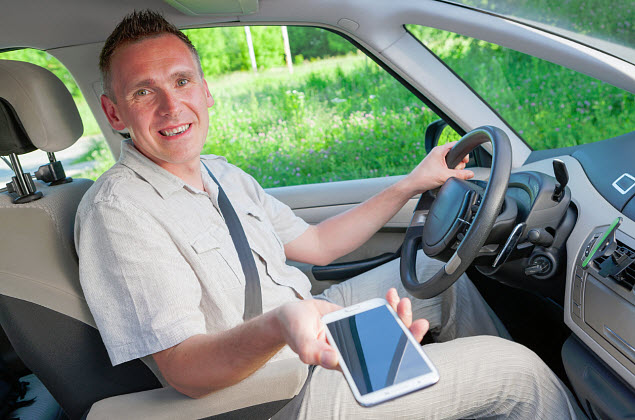A recent study has revealed that 70 percent of car shoppers using YouTube are influenced by what they see.
A new report has now been issued that provides insight into trends with regards to mobile marketing and video advertising and the impact this is having on the decisions being made by car buyers.
The report is based on YouTube data, Google search data and results from the 2015 Google/TSN Auto Shopper Study.
It also included the data produced as a result of a Milward Brown Digital commissioned study conducted by Google based on the auto shopping consumer sales funnel. Overall, this revealed that digital and mobile marketing played a considerable role in influencing the decisions made by car buyers as 70 percent of people who use YouTube had been influenced by video content when they made their auto purchasing choices.
The report provided a number of important pieces of insight into online and mobile marketing trends in car buying.
 Among the highlights of the report were the following:
Among the highlights of the report were the following:
• 70 percent of people who use YouTube in the vehicle purchasing process said that the video content they saw had an impact on the choices they decided to make.
• The average car buyer made only two visits to dealerships before making their decision.
• 60 percent of vehicle buyers start the shopping process without knowing which car they actually intended to buy.
• Mobile searches taking place from within the actual dealership lots had risen by 46 percent over the 12 months prior to the study.
Though this data aligned with the predictions that have been made within the auto industry with regards to the influence of mobile advertising, search and video content, it is interesting to see the speed at which consumers are adopting digital methods of informing themselves and are reducing the number of visits they are actually making to a dealership before deciding on the vehicle and purchasing method they intend to use.
What is now being found is that many of the most important influences on consumers come from micro moments when mobile marketing has the greatest influence. It is at those moments that shoppers take out their mobile devices in order to learn an additional piece of information instead of going to a salesperson directly.

 For example, when different elements need to be added to the digital cocktail, the phone vibrates. This also occurs while the drink is being “shaken”, that is, when the phone is being shaken.
For example, when different elements need to be added to the digital cocktail, the phone vibrates. This also occurs while the drink is being “shaken”, that is, when the phone is being shaken.